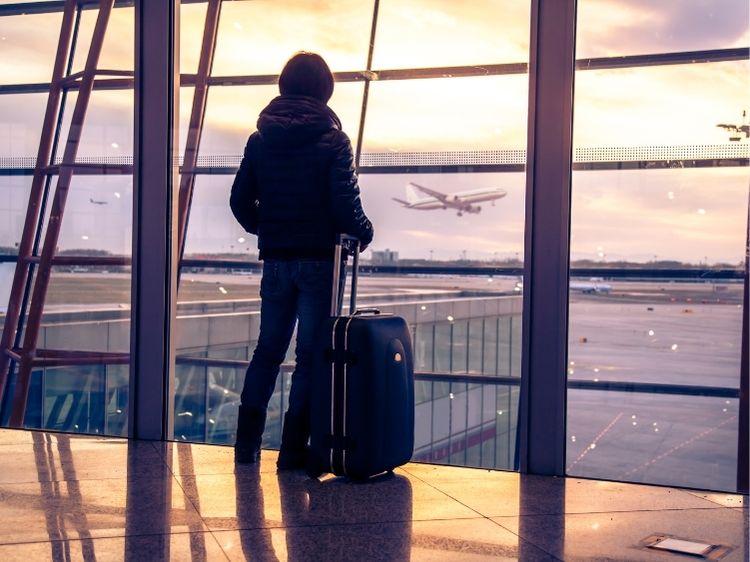What Is a Travel Advisory and Why Should You Care?
Traveling is exciting, isn’t it? But let’s face it—nothing spoils a trip faster than unexpected hiccups. That’s where travel advisories come into play. Whether you’re planning a dream vacation or heading out for business, understanding travel advisories can save you from unpleasant surprises.
From political unrest to natural disasters and even health concerns, travel advisories provide crucial updates to ensure your journey is safe and smooth. So, let’s dive in and unpack everything you need to know about these invaluable resources.
What Exactly Is a Travel Advisory?
Simply put, a travel advisory is a government-issued notice designed to inform citizens about potential risks when visiting specific destinations. These advisories are typically issued by foreign affairs departments or consulates and cover:
- Health and safety risks (e.g., disease outbreaks).
- Political instability or conflict.
- Natural disasters like hurricanes or earthquakes.
- Local laws or customs that might differ significantly from your home country.
They come in varying levels of severity, ranging from “exercise normal precautions” to “do not travel.”
Why Are Travel Advisories Issued?
Governments issue travel advisories to protect their citizens abroad. These warnings are based on reliable intelligence and aim to minimize risks for travelers.
Key Components of a Travel Advisory
Not all advisories are created equal. Understanding the common components helps you know what to look for.
- Alert Level:
- Level 1: Exercise normal precautions.
- Level 2: Exercise increased caution.
- Level 3: Reconsider travel.
- Level 4: Do not travel.
- Reason for the Advisory:
This could range from health crises, like the COVID-19 pandemic, to civil unrest. - Specific Areas to Avoid:
Some advisories warn against visiting specific regions rather than the entire country. - Safety Tips:
Recommendations include registering with your embassy, avoiding large gatherings, or adhering to local laws.
How to Stay Updated on Travel Advisories
Before jetting off, staying informed should be a top priority. Here’s how to keep tabs on travel advisories:
1. Check Government Websites
Government websites like travel.state.gov or the UK’s Foreign, Commonwealth & Development Office are excellent resources.
2. Download Travel Apps
Apps like Smart Traveler (by the US Department of State) or TravelSafe provide real-time updates.
3. Sign Up for Alerts
Subscribe to email or text notifications for up-to-date travel alerts.
4. Follow Local News
Stay tuned to local news in your destination for updates on weather, politics, or health risks.
Practical Tips for Responding to Travel Advisories
So, you’ve come across a travel advisory. Now what?
If It’s a Low-Level Advisory (Level 1 or 2):
- Be prepared: Carry copies of important documents.
- Stay vigilant: Avoid sketchy neighborhoods.
- Follow health precautions: This could mean vaccinations or wearing masks.
If It’s a High-Level Advisory (Level 3 or 4):
- Rethink your plans: Consider postponing non-essential trips.
- Contact your airline: Many airlines offer flexibility for destinations under high-level advisories.
- Check your travel insurance: Ensure it covers cancellations due to advisories.
The Role of Travel Insurance in a Travel Advisory
Why Travel Insurance Matters
If there’s one thing you shouldn’t skimp on, it’s travel insurance. A solid policy can:
- Cover medical emergencies.
- Offer compensation for trip cancellations.
- Assist in evacuations during crises.
Choosing the Right Policy
Look for policies that specifically cover advisory-related cancellations or disruptions. Providers like Allianz Travel Insurance and World Nomads are good options.
FAQs: Clearing Up Common Travel Advisory Questions
1. What happens if I ignore a travel advisory?
While it’s not illegal to travel to destinations under advisories, you’ll be doing so at your own risk. Insurance claims might also be denied for trips to high-risk areas.
2. Can travel advisories change quickly?
Absolutely! Advisories can be updated without warning due to sudden events like natural disasters or political unrest.
3. Do travel advisories only apply to international trips?
Nope! Some countries issue domestic advisories for regions facing risks like wildfires or flooding.
4. Are travel advisories the same everywhere?
Not necessarily. A destination flagged as “risky” by one country might not carry the same advisory level elsewhere.
5. How can I ensure my safety if I must travel to an advisory area?
Register with your embassy, avoid high-risk zones, and keep emergency contact numbers handy.
Summary: Why You Shouldn’t Ignore Travel Advisories
Travel advisories aren’t meant to scare you—they’re there to keep you safe. From understanding risk levels to knowing how to respond, being informed can make all the difference in ensuring a worry-free trip.
So, the next time you’re planning to pack your bags, make checking travel advisories a priority. Trust us, you’ll thank yourself later!
Authoritative Links for Further Reading:
- travel.state.gov
- lonelyplanet.com/safety
- who.int/travel-advice
- gov.uk/foreign-travel-advice



